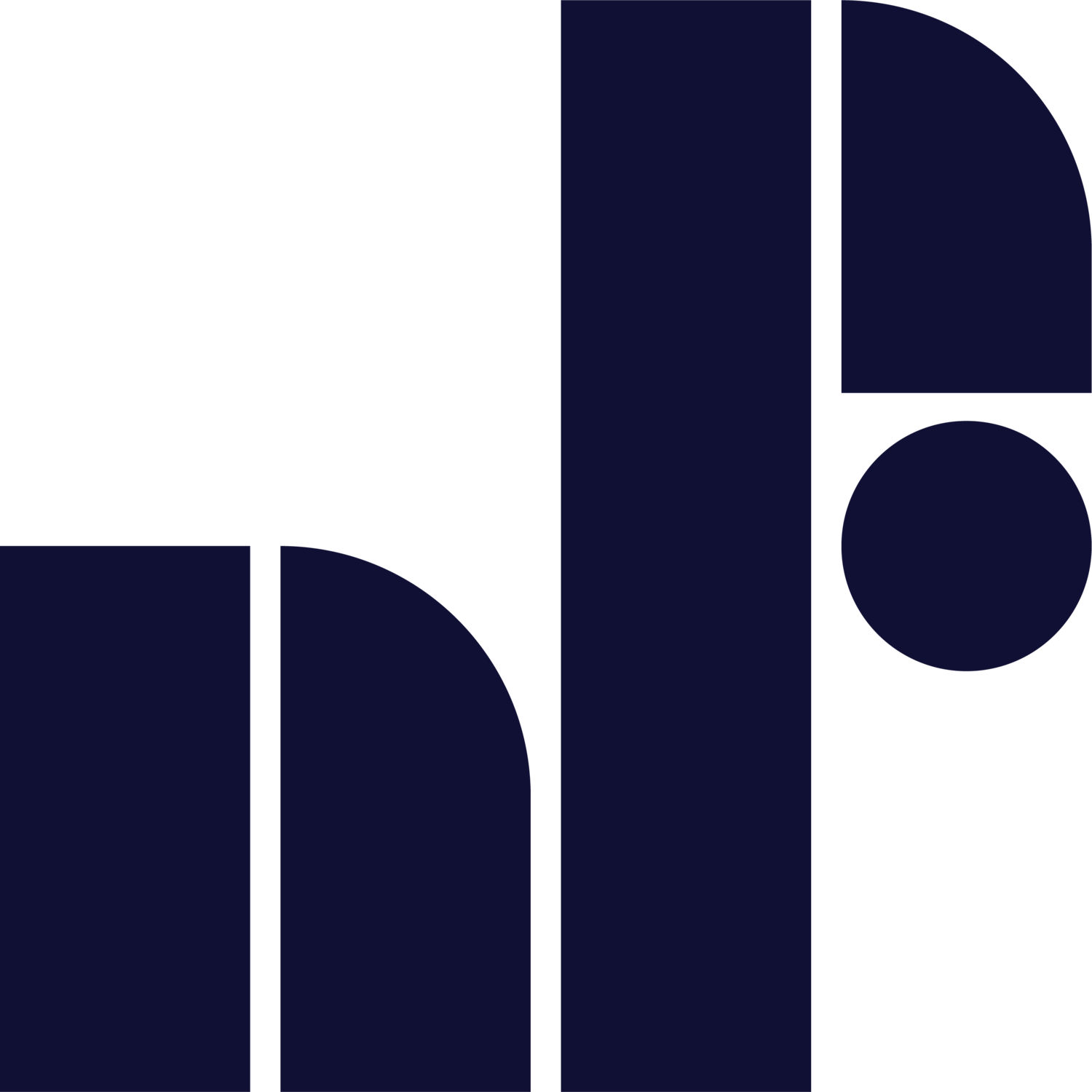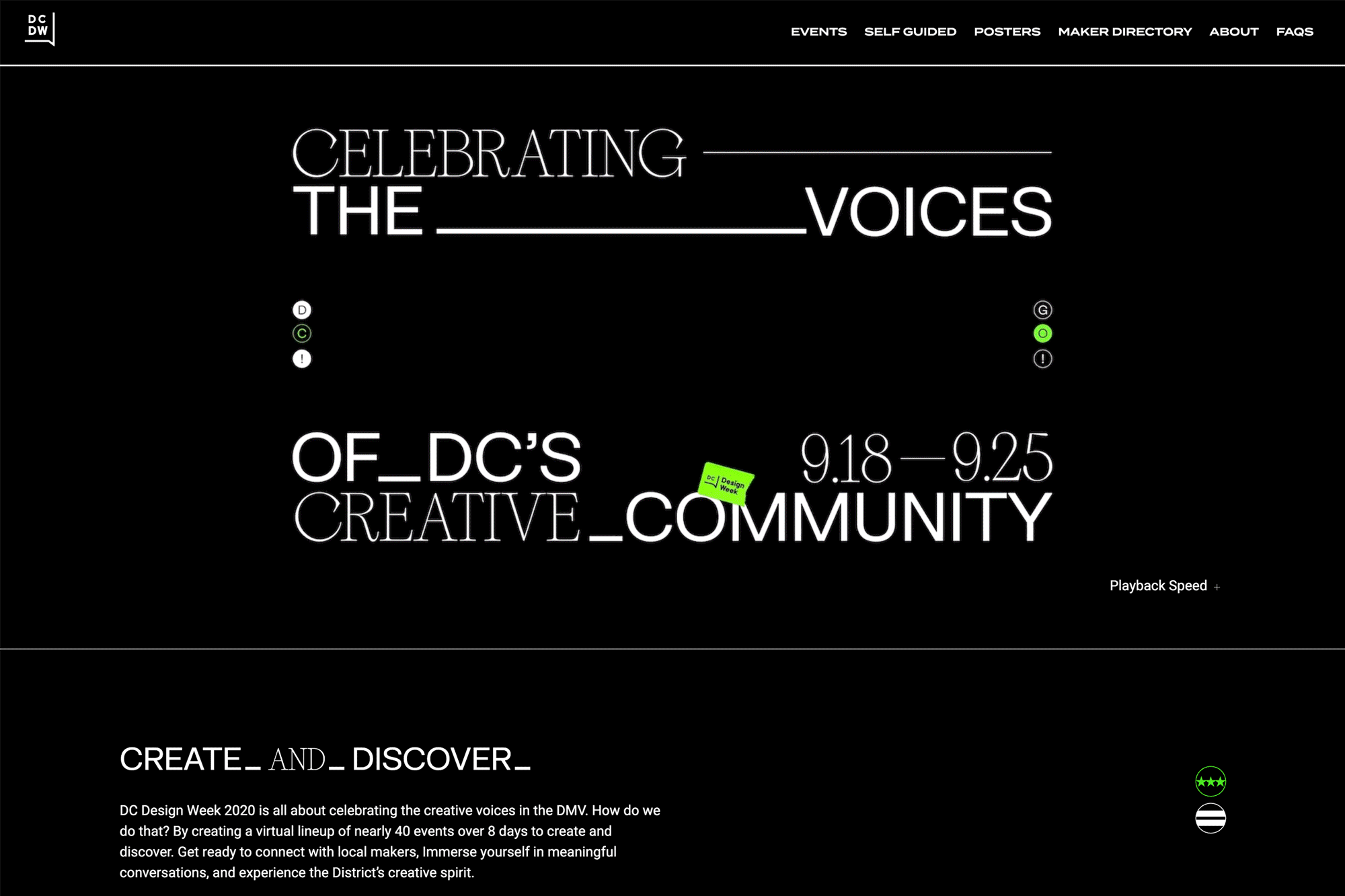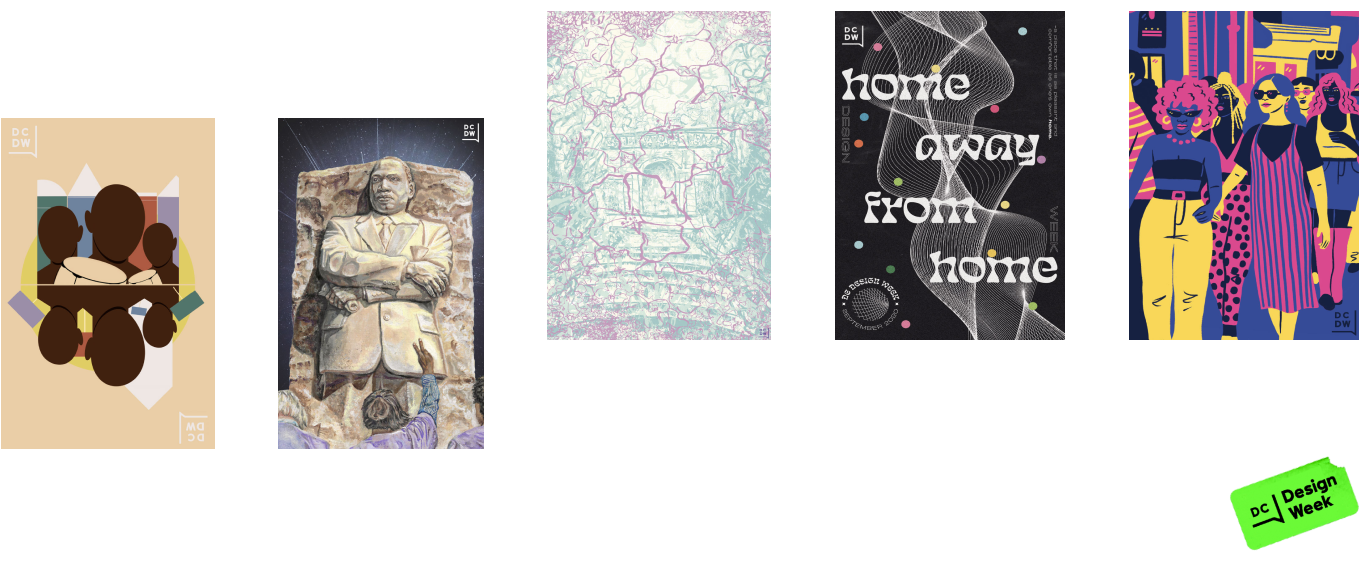Changing perceptions and celebrating creativity in the District.
In 2020, I served as executive director of DC Design Week, AIGA DC’s annual celebration of all that makes the DMV cool and creative. In this role, I set the theme and key message for the year’s branding, oversaw programming, and worked to ensure we delivered on our mission of celebrating our creative community.
Make sure everyone knows we’re cool.
My first task was to set the theme for the year. Every year works towards the same goal, but sets a new key idea to guide programmings and branding. In 2020, I wanted DCDW to fight back against the perception (both inside DC and out) of the region as buttoned up, corporate, and political by amplifying and celebrating the designers and artists that make up our region. Their voices could validate what the community here already knows: that DC is a place where creativity and innovation meet. I wanted us to explore this duality — the public perception of DC as a swamp or a political wasteland, contrasted with what the design community knows it to be: a diverse and dynamic city filled with creatives and makers. In particular, this direction set us up to explore the idea of subversion and how this energy for difference comes in tension with the expected — or even comes from within the expected.
An identity that stands out in a world stuck online.
There was only one possible partner who could translate this theme into an identity that would be flexible enough to be used well by a committee of volunteers and striking enough to stand out in a world where we’re all stuck inside and online: January Third. Their team in DC took our initial direction and ran with it, creating a memorable idea radically different than anything we’ve done in the past. It was simultaneously on the cutting edge of global design trends, but centered in a geographic place that made this identity unique and perfect for DC. It was highly digital and rendered — with beautiful 3D animation, produced with help from Duke&Duck — but infused with the tactile physical elements we’d all miss in an all-virtual DCDW.
Working with our communications director,Kim Stockley, our team took this identity and ran with it, bringing this identity to life across marketing channels and infusing it into our programming. Rebecca Price oversaw the development of a big toolkit of social templates and assets — as well as developing our editorial calendar — produced with support from Erin Pedati. Cynthia Kim oversaw our email marketing, including the creation of branded templates. Ash del Cid turned this visual identity and brand direction into a brand tone and voice, and ensured it was deployed consistently across all channels. The biggest undertaking was to give this identity a digital home: Marcus Relacion, Silvia Script, and Chelsea Wilson catalogued, redesigned, and rebuilt all of the DCDW website — including developing brand new functionality for 2020.
Amplifying the diverse voices of the District.
Under the leadership of Eliza Duquette, our programming director, we planned nearly 40 events over the course of eight days. From workshops to keynotes and from parties to panels, we prioritized assembling a slate of events that was reflective of our diverse community — with programming that elevated more, new voices and provided programming that spoke not just about but to more people. Ben Abraham planned a panel of street artists about designing for activism. Danni Baker planned an interactive session on designing change in the creative professions. Kojo Boateng planned our opening party with Little Salon. Phil Bolles planned a talk on designing accessible voting systems. Devin Draudt Sundeen planned an introduction digital art with an emerging artist. Sara Jamshidi planned a panel on how to use zines to tell your own stories and challenge narratives. Josh Kim planned a talk on designing to account for cognitive bias. Johanna Ostrich put together a panel to help makers set up their online stores. Jena Persico planned a session to help designers plan their careers in times of crisis. Khanh Pham put together a cocktail class that taught us about the history of DC’s Black bartending and hospitality culture. Freeman Robinson planned our keynotes, including our dueling vector session with Tracie Ching and Robzilla. Laura Schorr put together a panel for womxn entrepreneurs. Rebecca Silverstein planned two anti-racism for design workshops. And Arian Wakisa assembled a panel to discuss the importance of diversity behind the lens. And there was even more.
Our commitment to inclusion and equity went beyond our programming. We knew the transition to virtual programming required us to think differently about accessibility, and we wanted to live our promise that everyone should be able to participate in our events. Every single DCDW event had live closed captioning. On request, we offered ASL interpreting. We provided robust guidelines to all speakers to ensure their sessions and decks were accessible to everyone. We also made significant changes to our normal activities to better support our community in a time of upheaval and crisis. Instead of our pop-up shop, Johanna and Dani led the development (along with Marcus, Silvia, and Chelsea!) of a maker directory, bringing attention and customers to DC’s makers and creators.
I remain most proud of our poster commission series. We commissioned five posters from local, emerging artists as the official DCDW 2020 swag. Each artist received an upfront commission along with a percentage of all sales of their poster. This was a chance for us to put our money where our mouth is — literally — and have a real tangible impact for young designers in our community.
Roles
Executive Direction, Creative Direction, Art Direction
Team
See above, and here.










